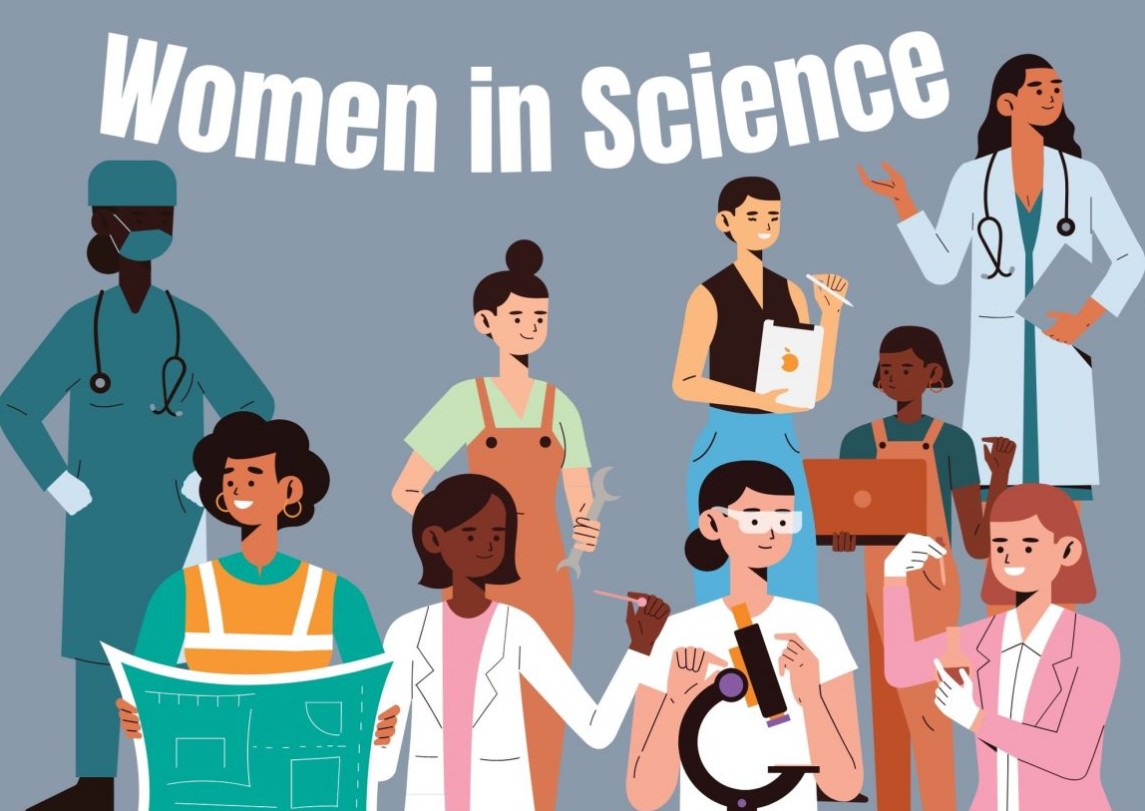Throughout history, women have made groundbreaking contributions to science despite often being overlooked, underfunded, or excluded from academic and professional circles. Their determination, brilliance, and perseverance have not only advanced human knowledge but also challenged societal norms and paved the way for future generations of women in STEM (science, technology, engineering, and mathematics). This article celebrates some of the extraordinary women whose work has profoundly shaped the world we live in.
Hypatia of Alexandria: A Trailblazer in Ancient Science
Hypatia, a mathematician, philosopher, and astronomer of ancient Alexandria, was one of the earliest known women in science. Living in the 4th and 5th centuries, Hypatia made significant contributions to the study of geometry, algebra, and astronomy. She is credited with developing devices like the hydrometer and advancing the understanding of conic sections.
Despite her tragic death during a period of political and religious turmoil, Hypatia remains a symbol of intellectual freedom and resilience, inspiring countless women to pursue scientific inquiry.
Marie Curie: The Icon of Scientific Excellence
Marie Curie’s name is synonymous with scientific achievement. She was the first woman to win a Nobel Prize and the only person to win Nobel Prizes in two different sciences: Physics (1903) and Chemistry (1911). Her groundbreaking research on radioactivity led to the discovery of radium and polonium, revolutionizing medicine and physics.
Curie’s work laid the foundation for modern cancer treatments and medical imaging technologies, such as X-rays. Her perseverance in the face of societal and institutional barriers makes her a timeless icon for women in science.
Rosalind Franklin: Unlocking the Secrets of DNA
Rosalind Franklin, a brilliant X-ray crystallographer, played a crucial role in uncovering the structure of DNA, the molecule that carries genetic information. Her famous “Photo 51” provided critical evidence for the double-helix model of DNA later credited to Watson and Crick.
Although her contributions were not fully recognized during her lifetime, Franklin’s work has since been acknowledged as vital to one of the greatest scientific discoveries of the 20th century. Her story serves as a reminder of the importance of equity and recognition in collaborative scientific endeavors.
Emmy Noether: The Mathematician Behind Modern Physics
Emmy Noether, a German mathematician, is hailed as one of the most brilliant minds in the history of mathematics. Her groundbreaking theorem, “Noether’s Theorem,” established a fundamental connection between symmetry and conservation laws in physics, forming the backbone of modern theoretical physics.
Despite facing discrimination as a woman in academia, Noether’s contributions have had a profound and lasting impact on both mathematics and physics, influencing fields as diverse as quantum mechanics and general relativity.
Katherine Johnson: Calculating the Path to Space
Katherine Johnson’s remarkable mathematical abilities played a critical role in the success of NASA’s early space missions. Her calculations of orbital trajectories ensured the safety and success of missions like John Glenn’s orbital flight and the Apollo moon landings.
As one of the women highlighted in the book and film Hidden Figures, Johnson broke racial and gender barriers in science, inspiring future generations to pursue careers in STEM and space exploration.
Dorothy Hodgkin: Deciphering the Structures of Life
Dorothy Hodgkin, a British chemist, revolutionized biochemistry through her work on X-ray crystallography. She determined the structures of vital biomolecules, including penicillin, vitamin B12, and insulin, earning her the Nobel Prize in Chemistry in 1964.
Her insights into molecular structures advanced medical science, particularly in understanding and treating diabetes. Hodgkin’s dedication to mentoring young scientists also ensured her legacy extended beyond her groundbreaking discoveries.
Rachel Carson: The Voice of Environmental Science
Rachel Carson, a marine biologist and conservationist, ignited the modern environmental movement with her seminal book Silent Spring (1962). The book exposed the dangers of pesticides, particularly DDT, and raised public awareness about environmental degradation.
Carson’s ability to communicate complex scientific ideas to a broad audience led to policy changes, including the eventual ban on DDT in the United States. Her work underscores the critical role of science in shaping environmental policies and protecting ecosystems.
Ada Lovelace: The First Computer Programmer
Ada Lovelace, often regarded as the first computer programmer, foresaw the potential of machines beyond mere calculations. Working with Charles Babbage on his Analytical Engine, she wrote the first algorithm designed for a machine, demonstrating the potential for computers to perform complex tasks.
Her visionary ideas laid the foundation for modern computing, making her a pioneering figure in both mathematics and computer science.
Women Shaping Science Today
While celebrating historical pioneers, it’s equally important to recognize the women making strides in science today. Figures like Jennifer Doudna and Emmanuelle Charpentier, who developed the revolutionary CRISPR-Cas9 gene-editing tool, are transforming medicine and agriculture. Katie Bouman, whose algorithm contributed to capturing the first-ever image of a black hole, represents a new era of astrophysical exploration.
In climate science, Katharine Hayhoe is raising awareness about global warming, while Fei-Fei Li is advancing artificial intelligence research. These contemporary scientists are not only breaking barriers but also inspiring the next generation of women in STEM.
Overcoming Challenges and Closing the Gap
Despite significant progress, women in science continue to face challenges such as underrepresentation, bias, and a lack of resources. Globally, women make up less than 30% of the STEM workforce, highlighting the need for continued efforts to promote gender equality in science.
Initiatives such as mentorship programs, scholarships, and advocacy organizations are helping to address these disparities. Campaigns like the International Day of Women and Girls in Science aim to encourage young women to pursue scientific careers, ensuring that future generations of scientists are as diverse and inclusive as possible.
Conclusion
Women have been integral to the advancement of science, often overcoming significant obstacles to make transformative contributions. From Hypatia and Marie Curie to Rosalind Franklin and Rachel Carson, their stories remind us of the power of resilience, creativity, and intellect. As we celebrate these pioneers and the women shaping science today, we must continue to advocate for equity and inclusion in STEM fields. By empowering more women to pursue scientific careers, we can ensure a future enriched by diverse perspectives and innovative discoveries.




